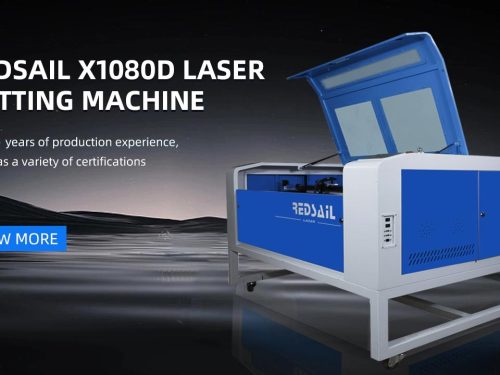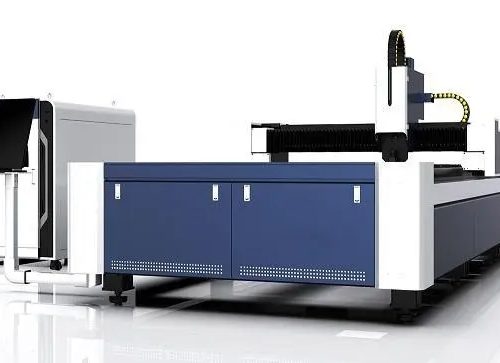
At present, flame cutting and plasma cutting are the most common thermal cutting methods in CNC cutting applications in the market. However, from the perspective of cutting quality and cutting effect, laser cutting needs to improve significantly compared to the former. Considering that the principle of laser cutting is more complex than flame and plasma cutting, I believe many enterprises and users do not have much understanding. Below is a comprehensive analysis for you:
1. Cutting and perforation technology
Any thermal cutting technology, except for a few cases where it can start from the edge of the board, generally requires a small hole to be drilled on the board. Previously, on laser stamping composite machines, a punch was used to punch a hole first, and then a laser was used to start cutting from the small hole. There are two basic methods for piercing laser cutting machines without stamping devices:
Blasting perforation – The material is irradiated by a continuous laser to form a pit in the center, and then the molten material is quickly removed by an oxygen flow coaxial with the laser beam to form a hole. The size of the hole is generally related to the thickness of the plate, and the average diameter of the blasting hole is half of the plate thickness. Therefore, for thicker plates, the blasting hole diameter is larger and not circular, and should not be used on parts with high processing accuracy requirements. It can only be used on waste materials. In addition, due to the same oxygen pressure used during perforation as during cutting, there is significant splashing.
Pulse perforation – Using a peak power pulse laser to melt or vaporize a small amount of material, air or nitrogen is commonly used as an auxiliary gas to reduce the expansion of the hole due to exothermic oxidation, and the gas pressure is lower than the oxygen pressure during cutting. Each pulse of laser only produces small particle jets that gradually penetrate, so the perforation time for thick plates takes a few seconds. Once the perforation is completed, immediately replace the auxiliary gas with oxygen for cutting. This way, the perforation diameter is smaller, and the perforation quality is better than that of blasting perforation. The laser used for this purpose should not only have a high output power; More importantly, the temporal and spatial characteristics of the beam make it difficult for general transverse flow CO2 lasers to meet the requirements of laser cutting. In addition, pulse perforation also requires a reliable gas path control system to achieve gas type, gas pressure switching, and perforation time control.
In the case of using pulse piercing, in order to obtain high-quality cuts, the transition technology from pulse piercing when the workpiece is stationary to constant velocity continuous cutting of the workpiece should be taken seriously. In theory, it is usually possible to change the cutting conditions of the acceleration section, such as focal length, nozzle position, gas pressure, etc., but in reality, it is unlikely to change these conditions due to the short time. The main method used in industrial production is to change the average laser power, which is more practical. The specific method is to change the pulse width; Change the pulse frequency; Simultaneously changing the pulse width and frequency. The actual results indicate that the third method has the best effect.
2. Analysis of deformation of small holes (with small diameter and plate thickness) during cutting and processing
This is because machine tools (only for high-power laser cutting machines) do not use explosive perforation when processing small holes, but instead use pulse perforation (soft puncture). This causes laser energy to be too concentrated in a very small area, scorching non processing areas, causing deformation of the holes and affecting processing quality. At this point, we should change the pulse perforation (soft puncture) method to the blasting perforation (ordinary puncture) method in the processing program to solve it. For smaller power laser cutting machines, the opposite is true. During small hole processing, pulse perforation should be used to achieve better surface finish.










